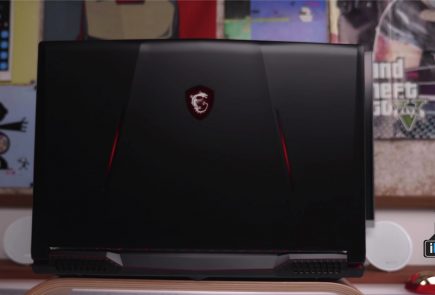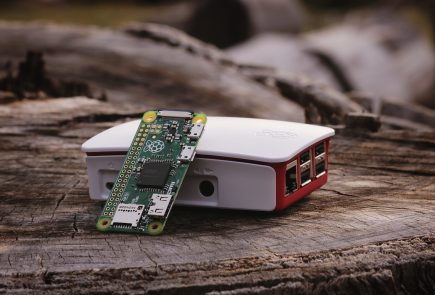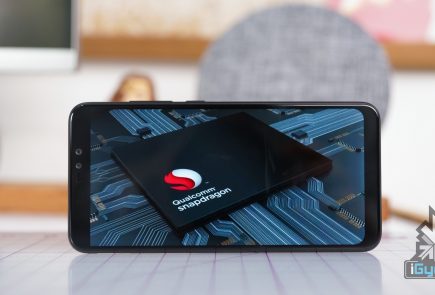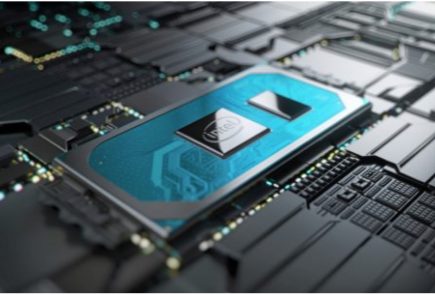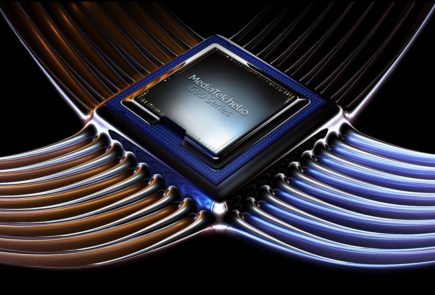Microsoft Will Build Quantum Computing Systems

During the 2017 Microsoft Ignite, CEO of Microsoft Satya Nadela announced that the IT giant is pushing to build a quantum computing ecosystem, a new “revolutionary technology” which would allow scientists to do computations in a fraction of time.
Satya Nadela, during his keynote address said:
A quantum computer enables you to encode information, not just as one or zero but as one and zero simultaneously. That means it unlocks amazing parallelism. You could take a quantum computer and solve some of these unsolvable problems because they approach it with that amazing parallelism where they’ll take every path in the corn maze simultaneously. That’s the intuition behind the power of quantum.
But, building a quantum computer takes more than just intuition, he admitted. Talking about what all it took to turn this idea into reality, he said:
We have had to assemble a world-class team. In fact, we’ve had to take a very novel approach of bringing together breakthroughs in math, fundamental physics, and computer science together, and put a system or get started on a journey to put a system that’s going to be a truly scalable general purpose quantum computer.
Micheael Freedman, a renowned math genius joined the Microsoft’s theoretical research team about twenty years ago. He was known for his fundamental research in a field of math called topology. Freedman said that Microsoft’s qubit will be based on a new form of matter called topological matter that also has this property that as the information stored in the matter is stored globally, one can’t find the information in any particular place.
During the Microsoft Ignite, the American tech giant showcased the progress it has made toward the development of the topological qubit. Along with that that, it also showed the progress in the development of hardware and software that will later on allow a lot of developers to take advantage of quantum computing’s power. Talking about the computing system, Freedman said:
What Microsoft has done that’s really unique in its approach to quantum computing, which is to first of all recognise that each one of these steps is actually very hard. In fact, it may seem like making the chip with the Majoranas is the hard part, or thinking of the idea is the hard part. But actually they’re all hard. And everything from the software that we’ll hear about in a second to the cryogenic engineering is extremely difficult.
Indeed, what seems like a gigantic step in the right direction seems extremely difficult and is a result of years of research and development. More insight into the new computing system came from computer scientist Krysta Svore who said that Microsoft is building a comprehensive full stack solution so that they can actually run applications on this new revolutionary device. This device is unlike any classical computer that Microsoft has today. It has to operate at 4 kelvin which is around minus 452 degrees Fahrenheit.

















